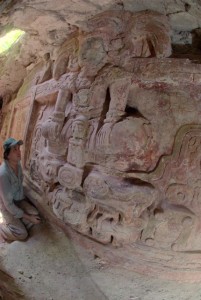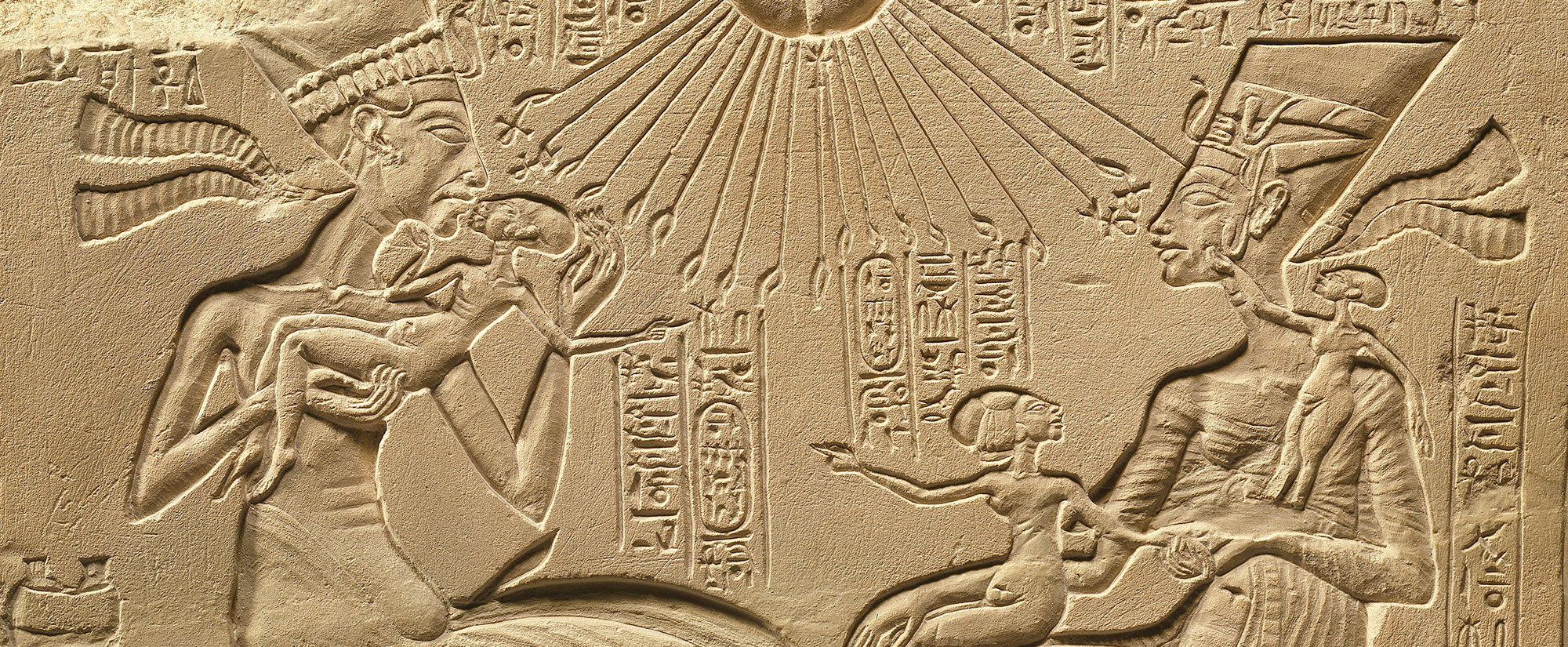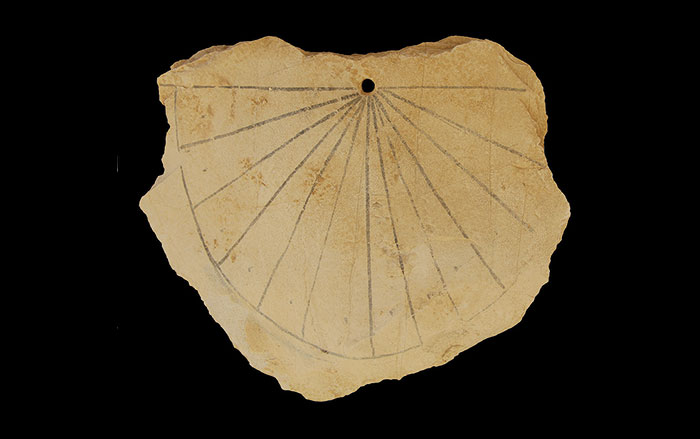
PETEN, GUATEMALA—A stucco relief still bearing traces of its original red, yellow, blue, and green paint has been found by an international team of archaeologists and scholars at the Maya site of Holmul. The relief, which is thought to depict the crowning of a new ruler when Holmul switched its allegiance from the kingdom of Tikal to the Snake kingdom, stands on the exterior of a staircase tomb. The tomb contained the skeletal remains of a high-status man whose front teeth had been drilled and decorated with jade beads. The pots in his tomb depict the nine gods of the Maya underworld. Archaeologists found the well-preserved relief carefully packed with dirt by later rulers who built a pyramid over it. “It is one of the most fabulous things I have ever seen,” said archaeologist Francisco Estrada-Bell of the Holmul Archaeological Project. Click here for additional photographs of the excavation.











